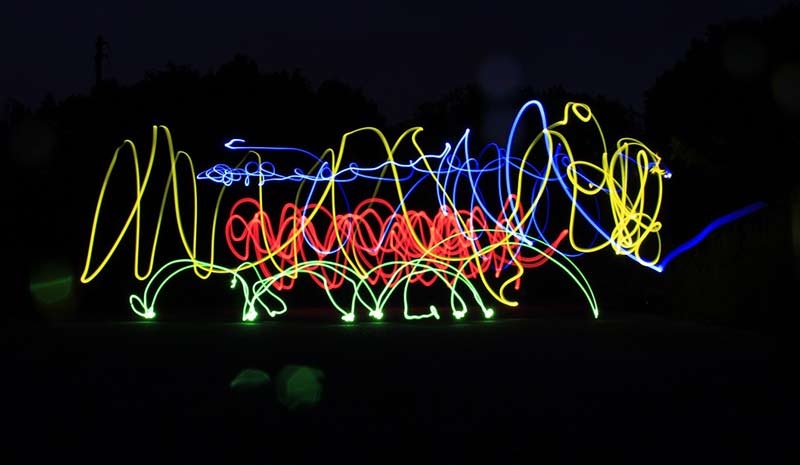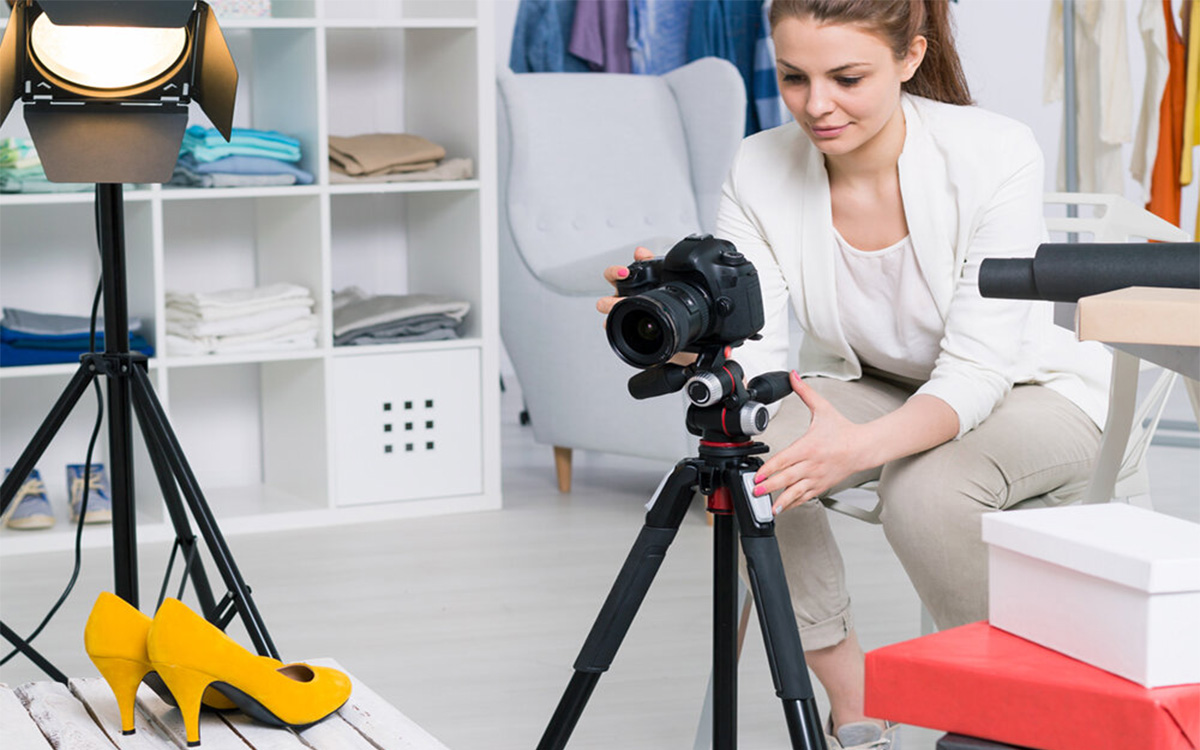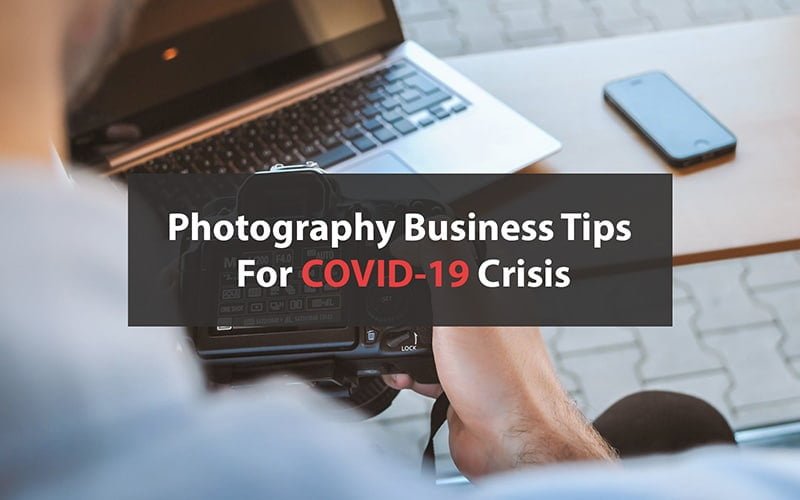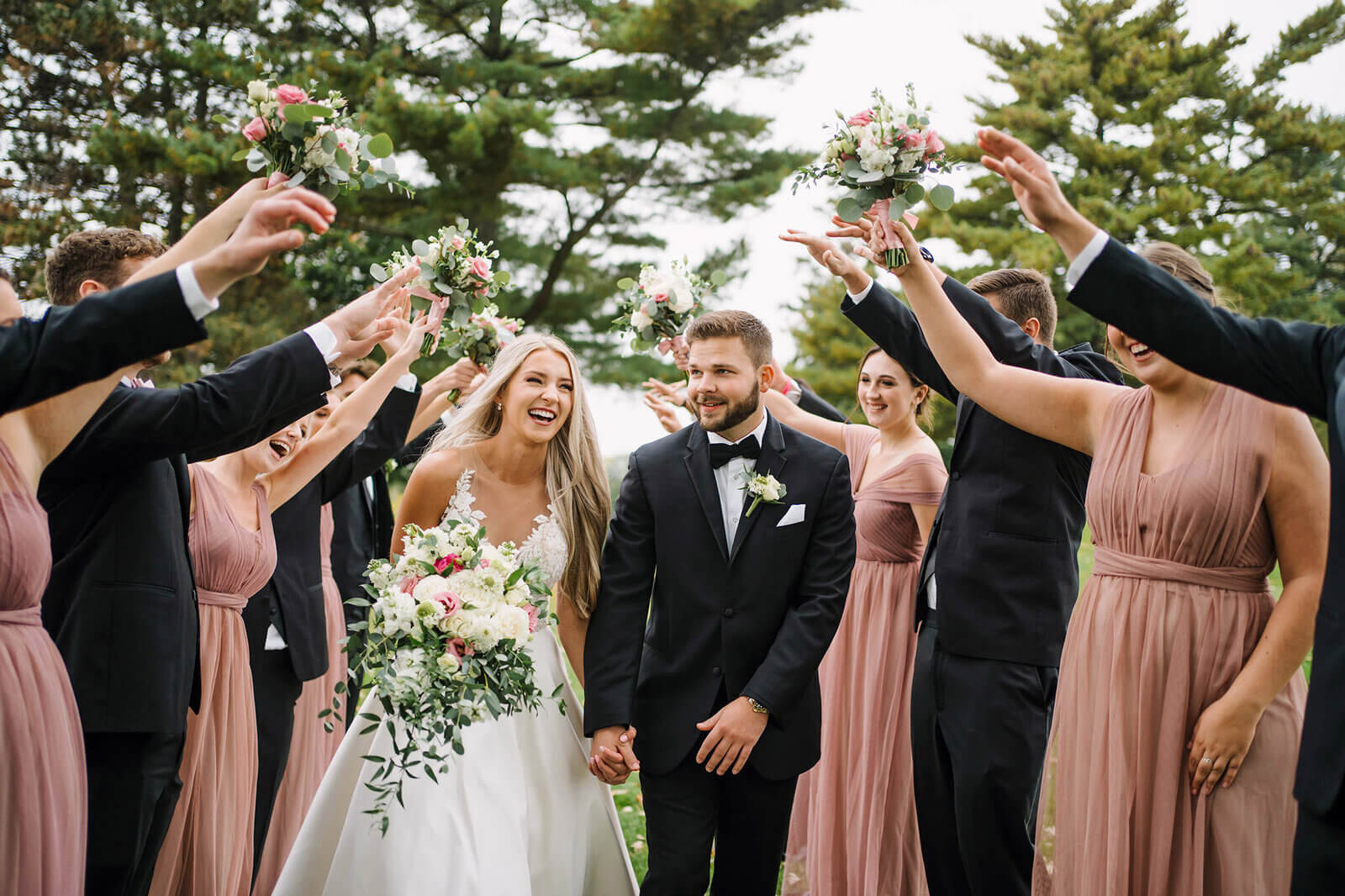Whether you are a beginner photographer or not, it’s almost certain that you have used shutter speed on your camera more than you realize. Most cameras have the option to set the shutter speed manually using numbers displayed on the shutter settings.
But how do they work? What value should you really be looking for when setting the shutter speed manually?
Shutter speed in photography can be a confusing topic for a starter, which is why we’re going to break it down into bits and pieces and cover everything there is about this matter.
Let’s grab an espresso and begin!
What is Shutter Speed in Photography?
The shutter speed is simply how long your camera’s shutter remains open when you take a single photo. It is a term used to describe how long your device’s camera shutter will remain open to allow light into the camera. It’s measured in seconds or fractions of a second.
When you press your camera’s shoot button, the camera uses its shutter (a mechanical rule in the camera) to open and close while exposing your film or digital sensor. The “rule” defines how long the exposure will last, which is known as the shutter speed. A photographer can change the exposure time by changing the shutter speed.
➜ It’s important to note that how much light gets into the camera also depends on another important factor: the lens aperture (the F-stop).
To get a better idea of how shutter speed is measured, we must first examine the basics of photography. When you take a photo with your digital camera, you capture
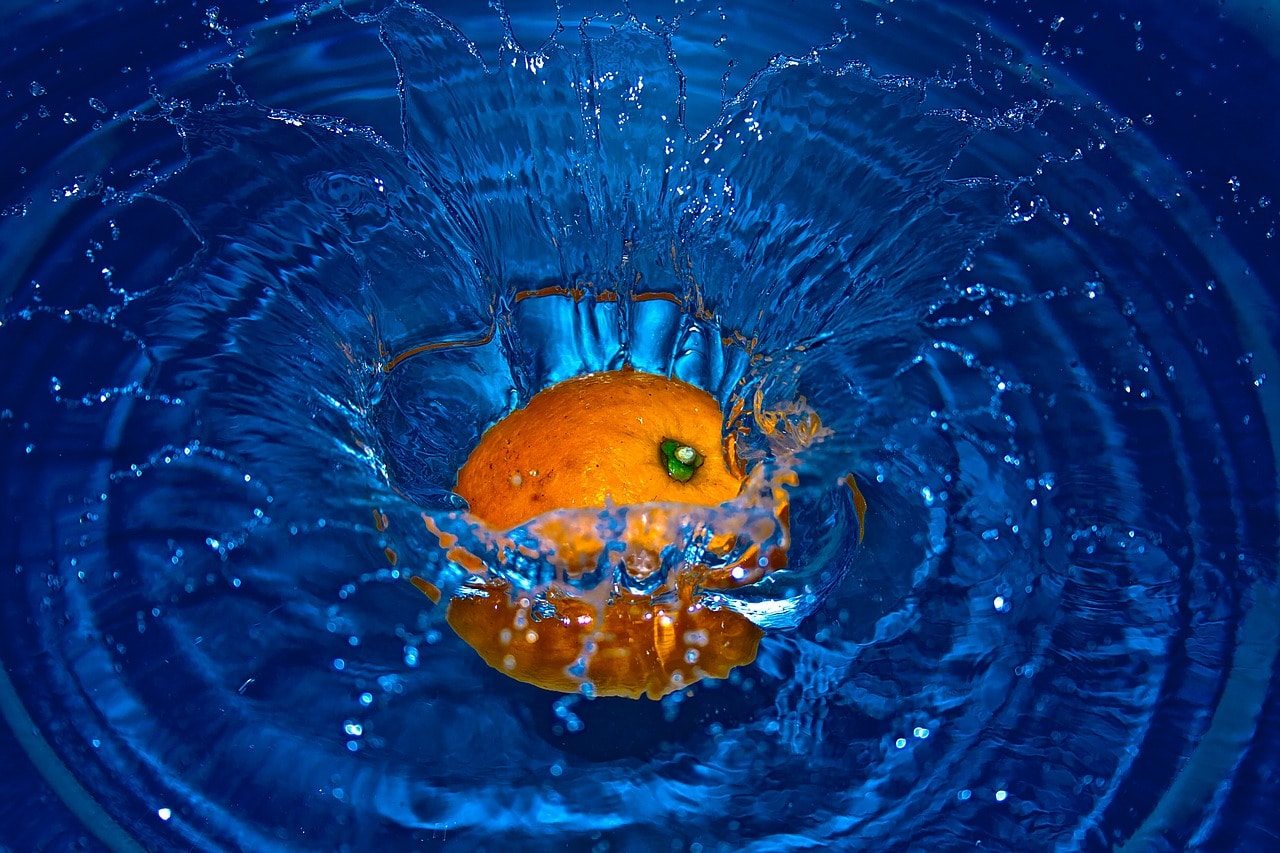
How Shutter Speed is Measured?
To get a better idea of how shutter speed is measured, we must first examine the basics of photography. When you take a photo with your digital camera, you capture light rays emitted from a certain subject and project them onto film or an electronic sensor (in the case of digital cameras).
Those light rays form a two-dimensional image, which is recorded onto film or the sensor. The shutter plays an important role in this process by acting as a barrier between the bright scene and the light-sensitive sensor for a specific period of time – which is essentially counted as the speed.
There are two common ways to measure shutter speed.
1. Firstly, it is measured in fractions of seconds. It is reciprocal, which is the amount of time that contains the fractional second, e.g., 1/60th of a second. That means that while “1/500” looks just like “500,” they’re actually very different. Why?
An increase in the denominator means the shutter gets faster.
2. Then, there’s an advanced method – the exact number of seconds that are present within that particular fraction e.g. 0.0125 seconds.
The lower the seconds the faster the shutter speed.
There are a few other more technical methods of measuring shutter speed, but those are typically only used by professional photographers and cinematographers. For the vast majority of people, the factors we outlined above will be plenty for all practical applications.
How Important is Shutter Speed?
Shutter speed is a very important aspect of photography that shouldn’t be overlooked. It allows you to take those jaw-dropping photos that will wow your friends and family, and it also saves those precious moments that go by in a flash.
➜ Faster shutter speeds can freeze action and blur motion, while slower shutter speeds can create a nice effect if you have the right scene in front of you.
➜ Set it at the wrong speed, and you’ll get motion blur in your photos. Set it too fast, and you’ll get a strobe effect.
It’s worth stressing that Shutter Speed is just one factor in creating a good photograph. The idea that you can freeze motion by setting your shutter speed to 1/1000 or 1/4000 of a second is true, but it’s also limited.
➜ You need the right mix of elements (i.e. appropriate lighting and an interesting subject), as well as familiarity with all the factors (exposure modes, ISO, etc.) before you can truly control your images.
It also depends on what kind of Metering Mode you are using.
If you are using Evaluative Metering Mode, then Shutter Speed is not so important after all, whereas if you are using Partial Metering or Center-Weighted Average Metering modes, Shutter Speed really comes into play.
So simply put, use the Shutter Speed Priority option only if your subject is moving.
How does shutter speed affect a photo?
There’s nothing cooler than capturing a photo of your friend doing something ridiculously crazy, like jumping through billowing clouds or swinging from vines.
While we’ll never know what they were thinking when you took the photo (unless they leaped in front of a camera and told us themselves), we can make educated guesses about what was going through their minds.
Smooth, slow shutter speeds capture your subject’s fluid movements. On the contrary, fast shutter speeds freeze them in time.
The longer it stays open, the more light gets to the sensor and the brighter the image. The opposite happens when the speed is shorter, but a very fast shutter speed doesn’t mean a completely dark image – which is a good thing. You can control those things by adjusting your ISO and Aperture, especially with the help of a good DSLR camera.
Most DSLR cameras have shutter speeds that range from 30 seconds to 1/8000th of a second. Cameras like the OLYMPUS OM-D E-M1 Mark III or Canon EOS 5D Mark IV are excellent choices for playing around professionally with shutter speeds. Don’t forget the importance of good lenses, either.
If you stick with the same shutter speed throughout an entire shoot, then you will probably end with some photos that are not in sync with the sense of drama that you intended.
This is especially relevant if you’re photographing something like a cyclist racing towards you down a mountain (with short bursts of activity punctuated by periods of rest). Or if it’s raining heavily and there are big drops splashing up off the ground with tiny droplets flying everywhere else.
If you don’t use a tripod for this kind of shot and/or are going for a specific effect, then choosing the correct shutter speed is vital.
Understanding Fast, Slow, and Long Shutter Speeds
Understanding slow, normal or fast shutter speeds can be confusing if you don’t know the proper vocabulary. Although it’s true that anyone can point and shoot these days, it is still necessary to have at least some working knowledge of these terms. Let’s dig into the differences between slow, normal, and fast shutter speeds.
Fast Shutter Speed – Freeze Movement in Time
A fast shutter speed is needed when you’re doing action photography. If the shutter speed is slower than 1/60 of a second, you can expect your pictures to be blurry.
When shooting at night, you will need a fast shutter speed to capture any sort of light. The way to take advantage of this is by raising ISO levels. Keep the aperture closed to its widest setting and keep the ISO at least 1000 or higher when shooting at night.
Most photographers take into account the amount of light (illumination) available for a fast shutter speed. If you are capturing high-contrast scenes (i.e., dark vs light), you should probably increase your shutter speed by 1/3 to avoid overexposure.
On the other hand, if you are shooting in low-contrast scenes (i.e., not very many areas of extreme brightness and darkness), then you should do the opposite. Or just let the camera’s aperture calculate what is considered to be a correct exposure.
A fast shutter speed is important for photography, but there are also limitations depending on the camera.
More expensive cameras will be able to take photos at faster shutter speeds than cheaper cameras. The maximum shutter speed that a camera can utilize can vary based on the brand of the camera as well as the model of the camera.
The fast shutter speed modifies the traditional shutter speed by shortening the shutter period instead of making the entire sensor light-sensitive. The sensor of DSLRs and some high-end mirrorless cameras since Panasonic GX7 can make use of this feature. This technology is used in some high-speed sports photography and photojournalism and even in some consumer cameras.
Simply put, if you want to stop action then you need a fast shutter speed.
➜ As with all photography, it is important to know how to expose correctly for your situation. If you are not sure of your exposure settings, your fastest shutter speed may be too slow to freeze the action!
Fast shutter speeds are also good for more than just freezing the motion of an image. They help you eliminate blur caused by subjects moving through your shot – especially if you’re photographing them with a long telephoto lens.
Fast Shutter Speed Chart
Fast shutter speeds can be incredibly useful, but don’t let them dictate your shooting style. Instead, learn how to pick the right tool for the right situation, and you’ll be able to rely on them in almost any situation.
Slow Shutter Speed – Show Some Flow
Slow shutter speed is a photography technique of increasing the amount of light and increasing the level of blurring on images. It can give your photos a dreamy, soft feeling.
It is ideal for capturing special moments like fireworks, spinning things on fire, trees blowing in the wind, ripples of water, people walking, or clouds streaking across the sky.
Slow shutter speed blurs the photo. When you’re trying to capture something moving quickly (like water), the longer the exposure time, the more blurred that object will appear.
Rather than discarding motion blur, you should consider it a creative opportunity to take photos. For instance, if your goal is to take a photo of a car zooming like a flash across the road, then using motion blur is the perfect way to accomplish this goal.
➜ With slow shutter speed, your photo will need some post-processing. Don’t ignore it because no matter how deliberate you are with your blurs, you will need to do things like spot healing, retouching to make the blur appear consistent throughout the image, and liquifying to fix any posture/position errors of your subject.
But if you don’t have high-end post-production expertise or skills, you can always outsource. Nowadays there are some clipping path company offering quality photo editing services. So, it’s rather as most professionals are relying on such services.
Slow Shutter Speed Chart
Slow shutter speed rocks. It has a host of advantages, a lot of which we have discussed here. However, this equation has a flip side:
Slow shutter speed can sometimes cause compositional problems. The key lesson is that you should experiment more with shutter speed, both faster and slower, to see the effects it has on your photographs.
We all should experiment with continuous light and camera work; it’s an important part of understanding lighting and developing good ideas for images.
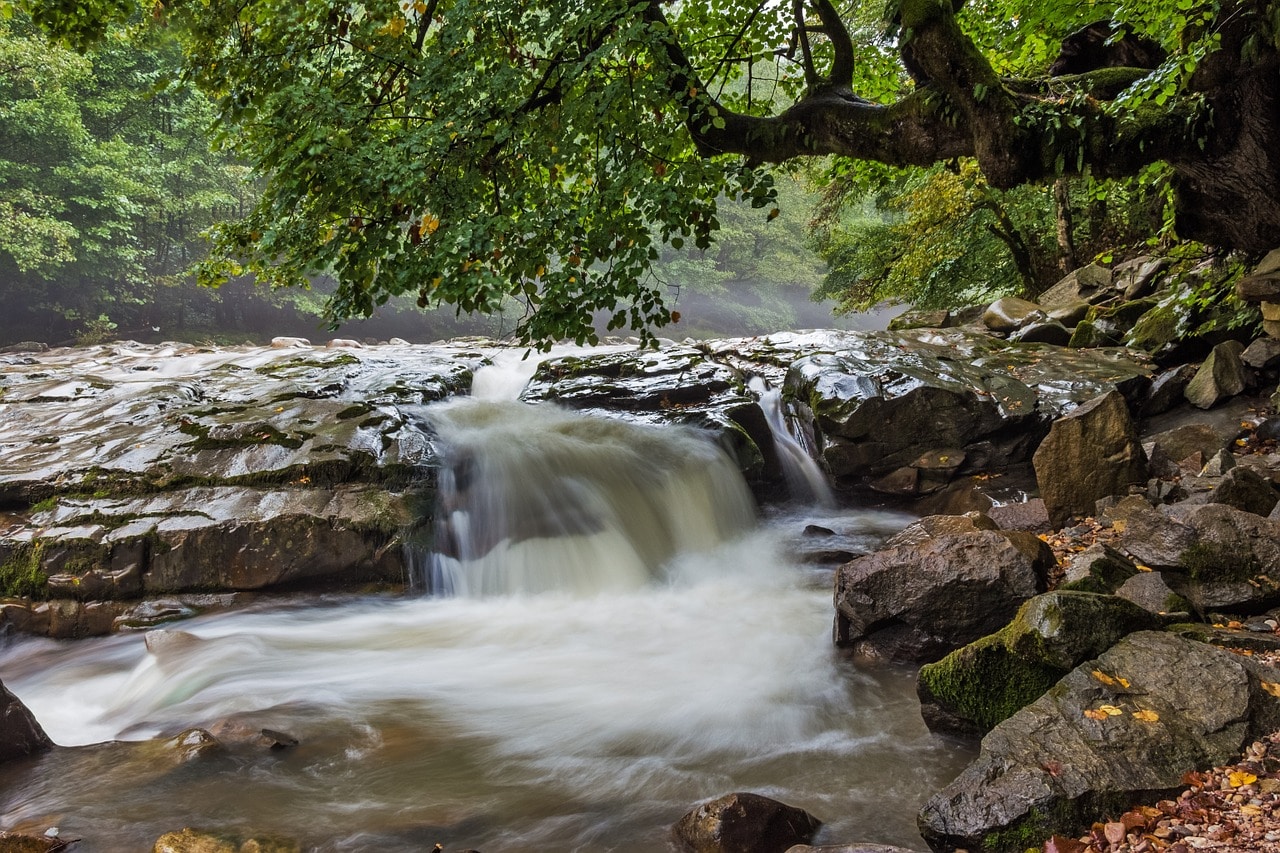
Long Shutter Speed – Paint with your photos
Long shutter speed photography is a way of using very slow shutter speeds to capture movement. It is a wonderful way to create beautiful images with intentional blur in them. It’s achieved by using a shutter speed longer than one second.
The sense of motion is created by defocusing the visible parts of the image. The lens is open for a long time, meaning there is a delay between when the object is exposed to the light and when the image is captured.
It gives you the possibility to create intriguing effects such as light painting, time-lapse or ground blur. Such effects are often used to capture images like light trails (light trails caused by moving vehicle lights such as cars, trucks, and motorbikes) or blur clouds in the sky.
The longer your shutter speed, the more movement is recorded.
Like a good cup of coffee in the morning as the magic happens while it’s “brewing”, long shutter speed gives you magical results while you wait for the shot to be developed. To make an impression on your audience, this is something that every photographer should master at one point in his/her photography career.
Longer shutter speeds, while offering a unique look to your photos, can often lead to unwanted blur if you don’t have a tripod. At slow shutter speeds, the camera will be unable to hold a sharp image for a long period of time.
So, while longer shutter speeds can produce some great-looking images, it is important to ensure your camera stays still throughout the shot.
Long Shutter Speed Chart
In the end, it’s best to experiment with what works best for you. In most cases, with a standard tripod and a DSLR with a long exposure function, the shutter speed is going to be in the range of 10 or more seconds.
What this means is that your camera’s mirror will stay up for this time period, and if you’re using a zoom lens, it will likely remain in its focal length for this duration as well. This can be a bit tricky in low-light situations, but the results more than make up for any inconvenience.
How to Change Shutter Speed?
Great! Now you know everything there is about shutter speed. But how do you go about actually using it in a camera? Whether you are using a digital camera or a phone, here is how to do it.
Changing Shutter Speed on Digital Camera
To modify the shutter speed on your DSLR –
1. Switch to manual mode on your camera. You may also use TV (Time Value) mode if you have a Canon. S (shutter speed priority mode) on a Nikon or Sony camera will also work.
2. On your camera, there should be a dial or arrows on the body and/or screen. Depending on the shutter speeds you desire, move the dials.
3. 1/1000, 1/250, 1/30, 1/2, 1/4, and so on are common shutter speed formats. The shutter speed is fastened with increases to the bottom digit (denominator).
Changing Shutter Speed on iPhone & others
If you’re looking to adjust the shutter speed on your iPhone or any other smartphone, it’s easy.
1. Open Settings
2. Tap Camera, and then scroll down to Shutter Speed.
3. From here, just tap the right side of the screen to open a slider. Slide it in the direction you want, and you should immediately see a difference in the shutter speed.
Your phone may not have the option of adjusting the shutter speed. Not to worry, as there there are apps that enable this feature. Visit your smartphone’s app store and search for “Manual Settings Camera” or “Pro Camera”. After reading the description of your results and some reviews, you’re bound to find the perfect match!
FAQs on Shutter Speed
What happens if the shutter speed is too high?
The image can appear darker when you increase the shutter speed without adjusting other settings like ISO or aperture. Darker photos tend to exhibit more noise as well. To increase shutter speed without underexposing, either increase the aperture or increase the ISO.
What shutter speed should I use for street photography?
It depends on what you’re looking for and what your lighting condition is. For street photography in good sunlight, use a fast shutter speed. You won’t be able to use a lower shutter speed to achieve intentional blur here because the slower shutter may result in an overexposed image.
But for nighttime street photography, you can use a slower shutter speed. In fact, you should as it would help more light to enter. However, you need to be careful with this as shooting handheld may result in a jittery image. We want to create a sense of movement, not an entirely blurry image. Carrying a tripod on the street is not convenient either.
Thus, use a fast shutter speed with adequate lighting conditions for street photography.
What is the best shutter speed for product photography?
For product photography, a slightly fast shutter speed works just fine. You have total control of your lighting here, so exposure is just not an issue. Neither is camera blur as your camera will be on a tripod. If you’re looking to do splash effects and freeze them in time with your products, then you should definitely use a very fast shutter speed, around 1/800 and above.
What shutter speed should I use for ISO 400?
If your shot is perfectly lit with ISO 400, then a fast shutter speed of 1/200 and above will work just fine. If you do feel the image is a bit dark, you may use a shutter speed of 1/60. Do keep in mind that low shutter speeds are not a solution to extremely dark environments. You must adjust the ISO and aperture as well, alongside lighting your environment a bit better.
What is the best shutter speed for long exposure?
For long exposure shots, a shutter speed of 15 seconds and slower is better.
Final Verdict
That wraps up the discussion on what shutter speed is in photography and how it affects your images. You can now select and modify your shutter speed based on its particular uses.
Remember, the best way to become familiar with shutter speeds is by simply using them.
Take photos of things that you want to freeze in place, as well as those that you want to show motion. Based on those results, tweak your settings until you learn what shutter speed does for your type of photography.
